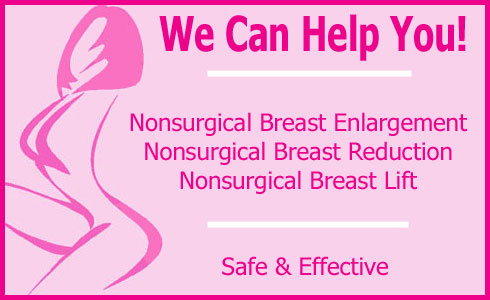
Breast scars are an inherent part of many surgical approaches used during cosmetic surgery. Although a good surgeon will do everything possible to reduce the incidence and severity of visible scarring, there is always the possibility of experiencing temporary or permanent scar formation from a breast surgery procedure. Luckily, there are controllable factors which minimize the possibility of suffering from unaesthetic plastic surgery scar formation.
This report details why scars form after surgery and how they can be prevented in most cases.
Preventing Breast Scars
There are 2 very important factors to consider when trying to prevent scarring of the breast during a cosmetic procedure:
Your choice of surgeon is the most important factor in determining the final operative outcome. A talented and patient plastic surgeon will take extreme care in their skin closures to ensure as fine a line as possible. During your consultation process, ask the doctor if they have before and after pictures which show the scarring for actual patients who were under their care. It is also a good idea to see how that patient’s scars healed with time.
Your choice of procedure allows the patient to predetermine where the scar will fall on the body. Most breast surgeries can be accomplished through multiple entry points. It is always best to choose the lowest level of invasiveness which will still offer excellent results when planning a breast lift or breast reduction procedure. Breast enlargement offers even more options, with four distinct locations available in which to place the surgical incision. For women who are concerned with scarring and desire saline breast implants, the TUBA approach is the most logical choice. For women who really have their heart set on silicone breast implants, the transaxillary approach is a great compromise.
Mammary Scar Topics
Stretch marks on the breast can occur due to weight gain/loss or pregnancy.
Breast enlargement scars can be effectively camouflaged in some instances, but may be visible in others.
Breast implant scars may be found on the breast, under the breast, in the underarm or may be completely invisible due to transumbilical augmentation.
Breast lift scars will usually be visible around the nipple and possibly on other areas of the breast.
Breast reduction scars are usually the most obvious of all plastic surgery breast procedures, being visible on multiple regions of the breast.
Nipple scars can sometimes be well hidden along the areola border.
Inframammary scars appear under the breast in the mammary fold.
Transaxillary scars appear in the armpit crease.
Breast scar reduction techniques can help to minimize scarring from many possible causes, including surgery.
Plastic surgery scars are often a trade-off that must be accepted in order to accomplish the surgical objective. However, it is possible to prevent many instances of cosmetic surgery scarring and even decrease the visual presentation of existing scars.
Surgical scars can sometimes become quite problematic and might require specialized treatment.
Keloid scars are some of the most noticeable and may even be painfulin some circumstances.
Eliminating Breast Scars
Secondary surgical procedures can be performed to eliminate or drastically reduce scar formation from any cosmetic surgery. There are cosmetic surgeons who actually focus their entire practices on scar revision techniques.
There are also a wide range of non-surgical scar reduction products, which can work very well for most patients.
When trying to fade scars on the breasts, make sure to ask your doctor for advice on which products and techniques will work best for your particular needs. This is especially true for woman with dark or black skin, which is more prone to noticeable scarring.
Breast Scar Treatment
Having realistic and informed expectations about potential scarring will help you overcome any negative feelings about scar formation. Women often comment how nice their breasts look even right after surgery and are amazed how time really helps to fade almost every type of scar.
Using a few non-surgical scar reduction methods will increase the likelihood of barely noticeable scarring considerably.
For women who are unlucky, and experience noticeable or raised keloid type scars, a secondary surgical correction might be advised. If you do decide to go this route, don’t take any chances. Consult a specialist in scar reduction to make sure that your final aesthetic results will get better, not worse.




